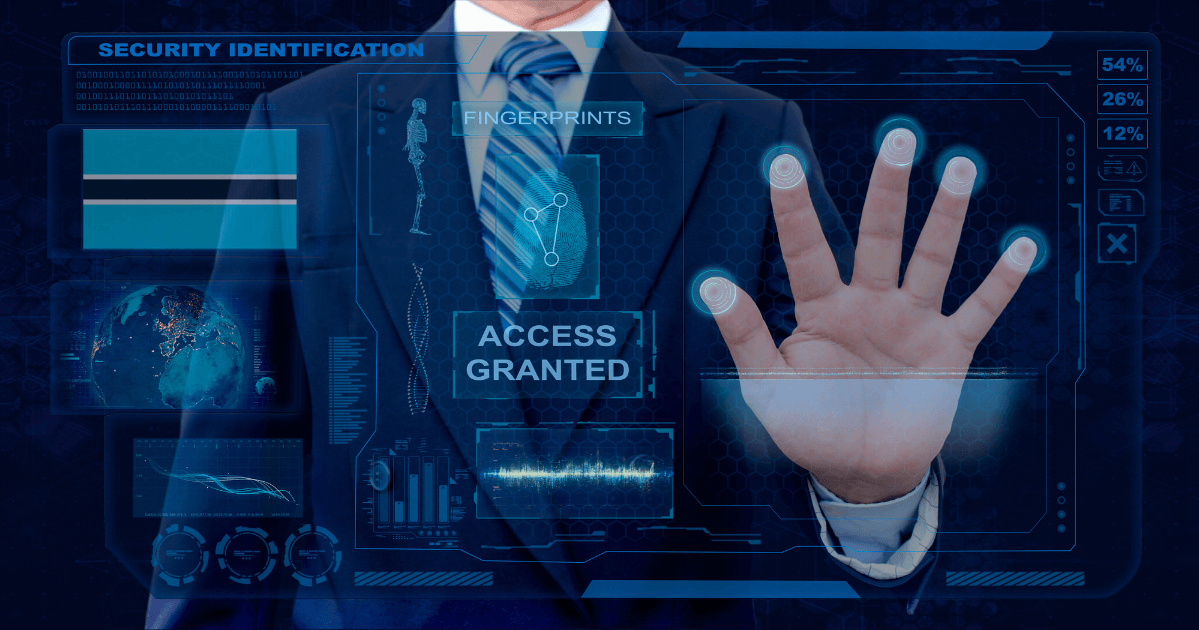Tired of identity management headaches?
Biometric authentication has been a hot topic in the cybersecurity realm, promising enhanced security through unique personal identifiers. But is it truly foolproof, or are there risks that could undermine its reliability?

Biometric authentication methods, such as fingerprint readers, facial recognition, and voice recognition, have become increasingly popular. Fingerprint readers, in particular, are known for their established performance metrics. Two key metrics used to evaluate these systems are:
The ideal biometric system would have low false positive and false negative rates. However, achieving this balance remains a challenge across various biometric methods.
Despite the advancements, biometric authentication faces several hurdles:
But these are not the only issues. Emerging challenges are making it even more difficult to rely solely on biometric authentication.
Given these challenges, it’s clear that while biometric authentication will continue to grow, its application will be limited to areas where a higher rate of false positives is acceptable. Such applications might include marketing, government intelligence, and low-security physical access. On the other hand, high-security applications like e-commerce and workforce authentication are unlikely to rely heavily on biometric authentication in the near future.
Biometric authentication holds great promise, but it is not without its risks. As we move forward, it’s crucial to address these challenges to ensure the reliability and security of biometric systems. At Soffid IAM, we continue to explore innovative solutions to enhance security while addressing privacy and ethical concerns.
Ready to simplify the complex?
Share on Social Media
If you find it useful, feel free to share it with your network!

Soffid IAM adapts to the specific needs of each sector, providing customized solutions that enhance productivity and digital security.
Discover here how our solutions can transform your industry.
Take a look at these related articles to keep learning about how Soffid can help you simplify identity management and increase efficiency in your organization.
Learn how Identity and Access Management strengthens security, prevents fraud, and improves user experience in e-commerce and digital business environments with Soffid IAM.
A guide on how advanced IAM solutions enable financial organizations to protect identities, prevent fraud, and maintain compliance without impacting operations.
Discover how CIE Automotive strengthened security, regulatory compliance, and operational efficiency across its industrial plants with a centralized IAM strategy powered by Soffid.
Learn how Identity and Access Management strengthens security, prevents fraud, and improves user experience in e-commerce and digital business environments with Soffid IAM.
A guide on how advanced IAM solutions enable financial organizations to protect identities, prevent fraud, and maintain compliance without impacting operations.
Discover how CIE Automotive strengthened security, regulatory compliance, and operational efficiency across its industrial plants with a centralized IAM strategy powered by Soffid.
From November 25–27, the 19th STIC CCN-CERT Conference brings the cybersecurity community together in Madrid. Soffid IAM, sponsor of the Coffee Corners, drives networking, the IAM Quiz…
The General Intervention Board of the Spanish State Administration (IGAE) joins the growing network of public institutions that trust Soffid IAM to strengthen their cybersecurity strategy…
In the world of cybersecurity, small mistakes can lead to big consequences. And when it comes to identity management…
Subscribe to our newsletter to receive updates on the latest trends in cybersecurity and identity management.